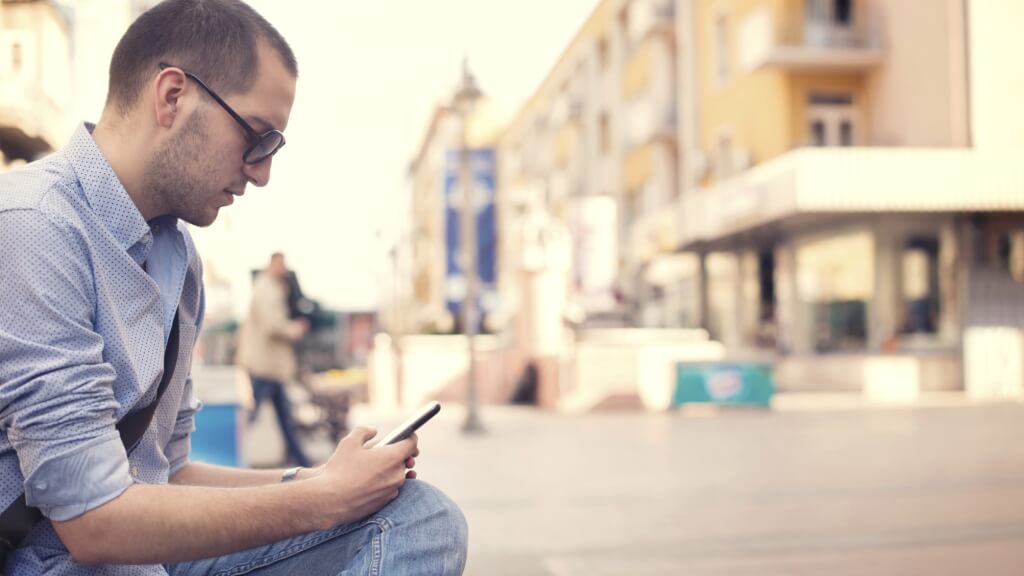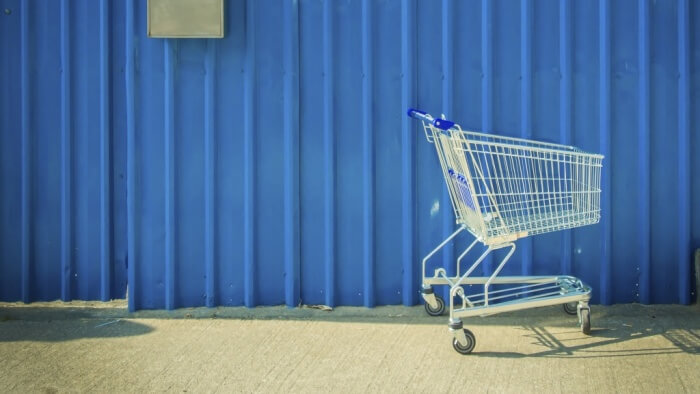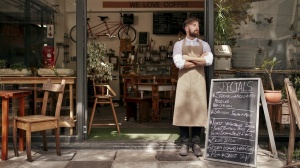Online shopping has moved from big screens with lots of space for browsing to smaller ones where real estate comes at a premium. Here's how store owners can work with a shrinking market.
Mapping The M-Commerce Battleground
Online shopping has moved from big screens with lots of space for browsing to smaller ones where real estate comes at a premium. Here's how store owners can work with a shrinking market.

Only a few years ago, electronic commerce was done solely in a web browser. All that an online retailer had to do was create a web store, tell people about it, and see sales start to roll in. Back then, the computer was for browsing the Internet, and the telephone was for talking to human beings. These were the simpler times in e-commerce.
Today, it takes one quick look around a public place to realise that everyones’ attention is focused on these little devices that are always with us and are always ‘on’. The very devices that previously enabled us to connect and talk to other people are now taking so much of our attention, that we sometimes forget to look up at the world around us.
As history has shown, commerce always follows peoples’ attention, so it’s no surprise that retailers are rushing to create a mobile presence and, specifically, a mobile commerce (or m-commerce) experience.
Mobile phones have become our principle device for browsing over laptops and tablets; we touch our phones 150 times a day. It’s little wonder companies want to put their store in the pockets of every consumer (and with m-commerce accounting for 23% of the global e-commerce industry’s estimated $1.5 trillion this year, can you blame them?).
"A great mobile experience needs to offer a simple way for users to get to the products they want faster"
But if buying on the go is so important, and the opportunity so large, why is it still so hard to purchase products on a mobile device?
Let’s start with the basics: m-commerce means customers are using their mobile phone as the tool to shop at a particular point in time. But the reality of the mobile shopper’s use case is vast and steeped in complexity.
They’re grabbing three minutes in between TV ad breaks at home; they’re semi-browsing during conversations; they’re holding their phone in one hand and their morning coffee in the other, connected to a shaky Internet connection which is continuously interrupted as their train whizzes in and out of tunnels on their way to work.
To top it off, constant pings of chat messages, photo sharing notifications and news alerts are competing for their attention at all times.
Make it quick and easy
Today, most retailers’ ventures into m-commerce begin with the creation of a responsive website adjusted to fit the screens of mobile devices. But this surface-level solution more often than not leads to the quick and disappointing realisation that conversions through this site do not match high hopes - and are largely disproportionate to the number of people visiting on a mobile device.
According to Formisimo, who tracked user behaviour in checkouts across devices in 229 countries this year, collecting over 2 billion data points, only 8.5% of the world’s online shoppers complete a purchase on their mobile device. There are a number of reasons for that:
Load speed is the biggest conversion killer when it comes to mobile experiences, and especially m-commerce; consumers will quickly drop out of the conversion funnel when the site is slow.
Taking an already bloated codebase and applying additional responsive styling will only make it slower when rendered on a mobile device, which by its very nature has resource limitations compared to a computer. The entire site, including all assets, needs to be optimised to ensure the user never has to experience longer then necessary load times.
Moreover, mobile design and user experience require a different approach to simply adjusting the website to fit on a smaller screen. The limitations of the screen need to be acknowledged, and the features need to be focused on the desired conversion action being completed in as few steps as possible - with minimal disruptions along the way.
It’s crucial to consider every element of the journey: even aspects such as button positions need to be aligned with how a user may be holding their device, adjusting the most important call to action elements to be within easy reach for the fingers of a left- and right-handed user.
"The purchase conversion rate dropped from 100% at point of checkout to 12.2% at point of form completion"
Surprise and delight
Product discovery is also key to driving purchases. Showing a large grid of products under different categories may work on a big screen, but it fails on a mobile device, where tapping in an out of products to get more information is inefficient and cumbersome.
A great mobile experience needs to offer a simple way for users to get to the products they want faster, either in the form of convenient filters or search. To this end, personalisation is a powerful way to keep consumers engaged, delivering each user a targeted selection of products relevant to them. User behaviour and past purchases provide strong signals around personal preference and future purchases.
Checkout and payment are the final - and perhaps most precarious - impediments in the purchase journey. No matter how much a shopper wants that new pair of shoes, if making payment involves physical interruption - by having to go and retrieve their credit card - the conversion chain will break.
Even if their credit card is within reach, holding their phone in one hand, while fumbling with your wallet in the other is, at the very least, a frustration - and then there’s the problematic task of filling out the form on a small touch screen with our imprecise fingers.
Abandoned shopping trolleys
Formisimo’s study showed that the purchase conversion rate dropped from 100% at point of checkout to 12.2% at point of form completion. That means 87.8% of online shoppers abandon cart before completing a purchase form.
These are the parts of the journey that need to be seamless. Technology solutions like Apple Pay, US-only Google Wallet, and Paypal, which allow consumers to purchase in as little as two clicks, eliminating the need to re-enter payment details with each purchase, are a big step in the right direction.
But perhaps a user doesn’t need to checkout on a mobile device at all. Harmonious handoff between mobile and web platforms is enough - and essential - for some retailers. In many cases, consumers will use their mobile device to discover and research products, but will ultimately complete their purchase when in front of a computer - with larger screens and fewer distractions, it’s simply easier.
We see this trend at Styloko, where browsing and user interaction is high on our mobile app, but most purchases still happen on our desktop site. It is increasingly important to ensure that it is possible - and seamless - to transition a user between the various platforms and preserve behaviour signals to offer a consistent service, regardless of device.
Our multi-device strategy accommodates the use cases of each platform, and allows a user to complete her purchase journey through multiple touch points, connected across devices.
To be successful in m-commerce, retailers need to treat mobile as its own experience, and optimise for the advantages and limitations of the smaller screen - not simply squeeze their desktop site into a pocket device. Let’s hope we figure it out quick: my Apple Watch just pinged to remind me w-commerce (that’s watch commerce) is next on the list.
Ivailo Jordanov is co-founder of Styloko
Thanks for signing up to Minutehack alerts.
Brilliant editorials heading your way soon.
Okay, Thanks!



